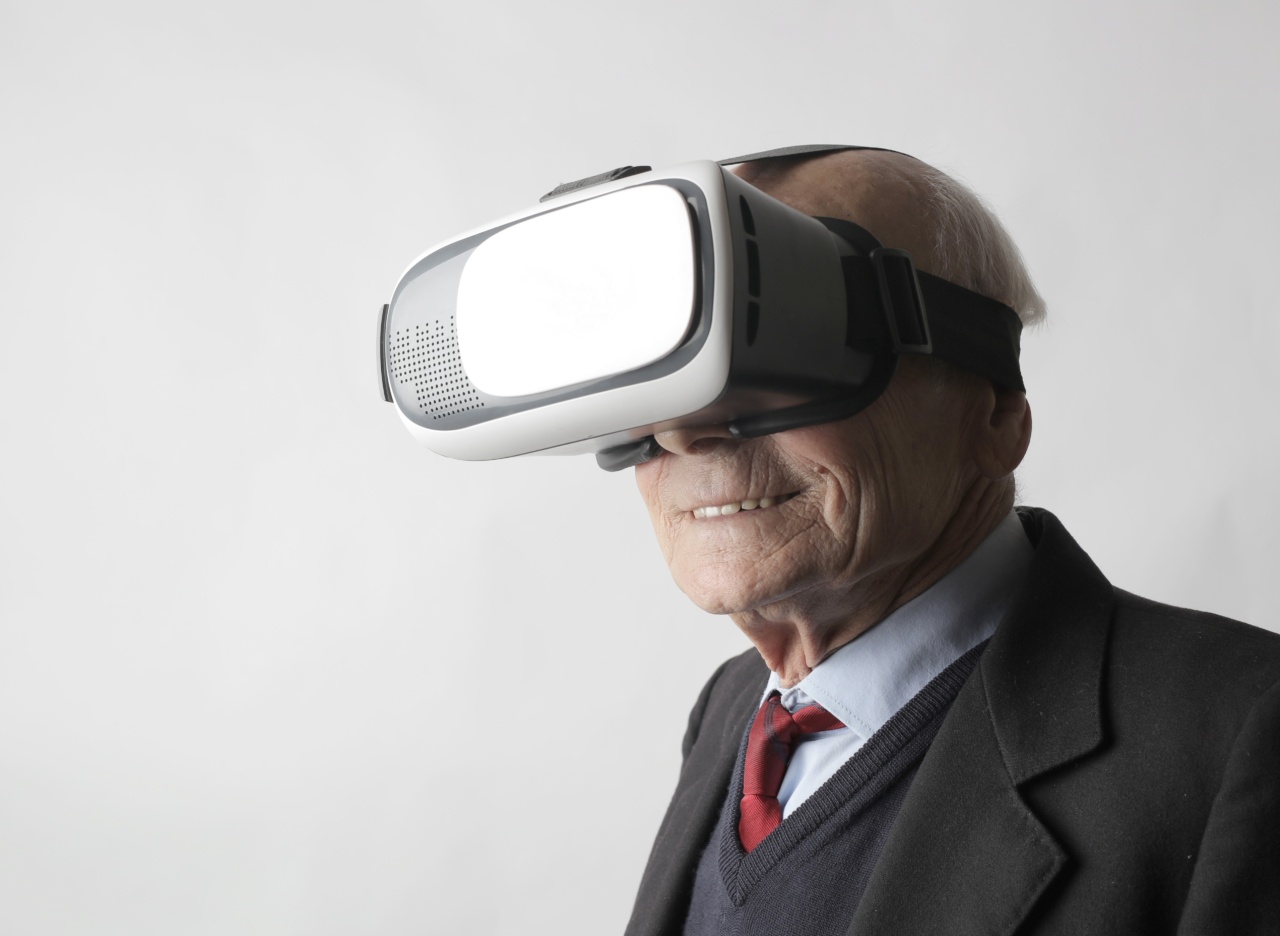Autism spectrum disorder (ASD) is a neurodevelopmental condition characterized by impaired social interactions, communication difficulties, and repetitive behaviors.
While there is no cure for ASD, various therapies have been developed to help individuals with the condition to manage their symptoms and improve their quality of life.
Virtual reality (VR) is a relatively new technology that has shown promise in the treatment of ASD.
VR therapy uses computer-generated simulations to create immersive environments in which individuals with ASD can interact with virtual scenarios and objects.
What is Virtual Reality?
Virtual reality refers to a computer-simulated environment that can be experienced by an individual through a headset or other devices.
It often involves a combination of audio, visual, and sensory feedback to create an immersive experience that feels realistic to the user. This technology has been used in various fields, such as entertainment, education, and healthcare.
How Does Virtual Reality Help Individuals with Autism?
Virtual reality therapy has shown to help individuals with autism in several ways, such as improving communication skills, reducing anxiety, and enhancing social interaction.
Improving Communication Skills
Individuals with ASD often struggle with communication skills, making it difficult for them to express themselves and interact with others effectively.
VR therapy can help by providing a safe, controlled environment for individuals to practice and improve their communication skills.
For example, virtual scenarios can be created to simulate real-life conversations and interactions.
The therapist can guide the individual through these scenarios and provide feedback, helping them to develop appropriate responses and communication strategies. Over time, this can lead to improvements in communication and social skills.
Reducing Anxiety
Anxiety is a common issue experienced by individuals with ASD. VR therapy can offer a safe, low-stress environment for them to experience and overcome anxiety triggers.
Virtual scenarios can be created to simulate situations that may cause anxiety, such as public speaking or social interactions.
The therapist can guide the individual through these scenarios and help them develop coping mechanisms to manage their anxiety. This can improve their ability to function in real-world situations and reduce overall anxiety levels.
Enhancing Social Interaction
Individuals with autism often struggle with social interactions and may have difficulty connecting with others. VR therapy can provide a safe, controlled environment for them to practice and improve their social skills.
Virtual scenarios can be created to simulate social interactions, such as group conversations or parties.
The therapist can guide the individual through these scenarios and provide feedback, helping them to develop appropriate social skills and behaviors.
Other Benefits of VR Therapy for Individuals with Autism
Aside from communication, anxiety, and social interaction, VR therapy can offer various other benefits for individuals with autism, such as:.
- Improving motor skills
- Increasing attention and focus
- Providing a sensory-friendly environment
- Reducing sensory overload and hypersensitivity
Conclusion
Virtual reality therapy is a promising new technology has shown to offer numerous benefits in the treatment of autism spectrum disorder.
By providing a safe, controlled environment for individuals to practice and improve their communication, social interaction, and reduce anxiety, VR therapy can improve the quality of life of individuals with autism and their families.





























